[Historical Story] Today in History-Taiwan's First Sugar Industry Railway Runs
The news related to the Kaohsiung Qiaotou Sugar Factory has been hot recently, including the construction of the adjacent Qiaotou Science Park , the restoration of the 120-year-old statue of the Holy Goddess of Mercy , and the return of the famous artist Huang Tushui's " bust of Yamamoto Tijiro " from Japan. Taiwan, today, September 15, will celebrate the 115th anniversary of Taiwan's first sugar railway.
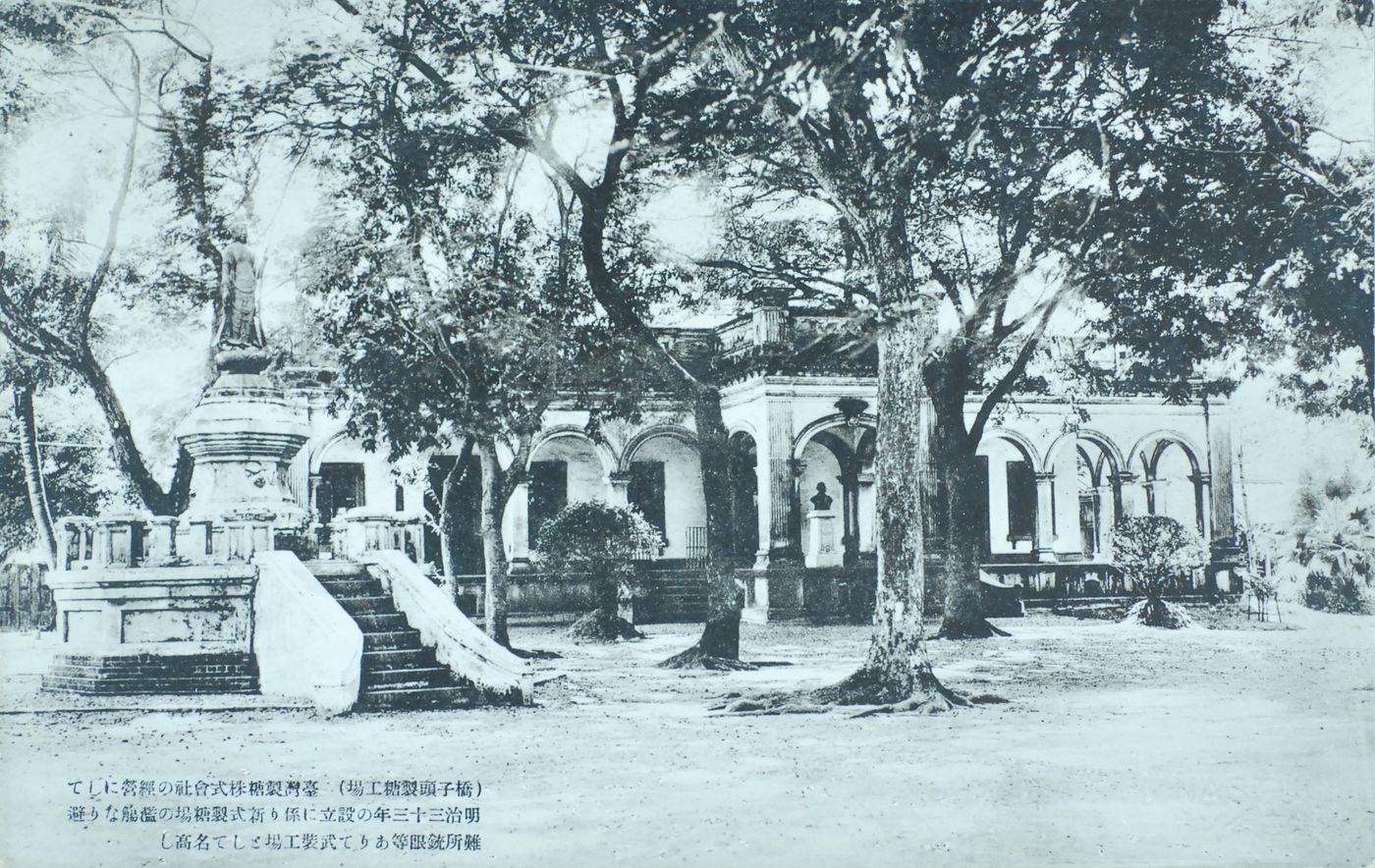
The birth of the first new sugar factory
Back in 1900, when the Taiwan Sugar Co., Ltd. was preparing for the establishment, Suzuki Tozaburo and Yamamoto Tijiro came to Taiwan to select the construction site of the custom sugar factory. At that time, the candidate sites included Damuro, Madou, Zeng Wenxi, and A Gongdian, and then focused on In Zengwenxi and Qiaozaitou, the final decision was made to set up factories in Qiaozaitou (now Qiaotou District) on the south side of A Gongdian (now Gangshan District) due to the consideration of convenient transportation and sufficient water resources, as well as the central location of the existing sugarcane area. .

At the same time, the railway between Tainan and Dagou was opened on November 28, 1900. In addition, the promising Dagou port was also surveyed the following year to prepare for the construction of the port. These can be said to be the bridge for the sugar factory. The important reason for Zaitou is that the site is close to the railway. It is about 23 kilometers to the north to reach Tainan, and about 15 kilometers to the south to reach Tainan. The traffic connecting the two ports is very convenient.
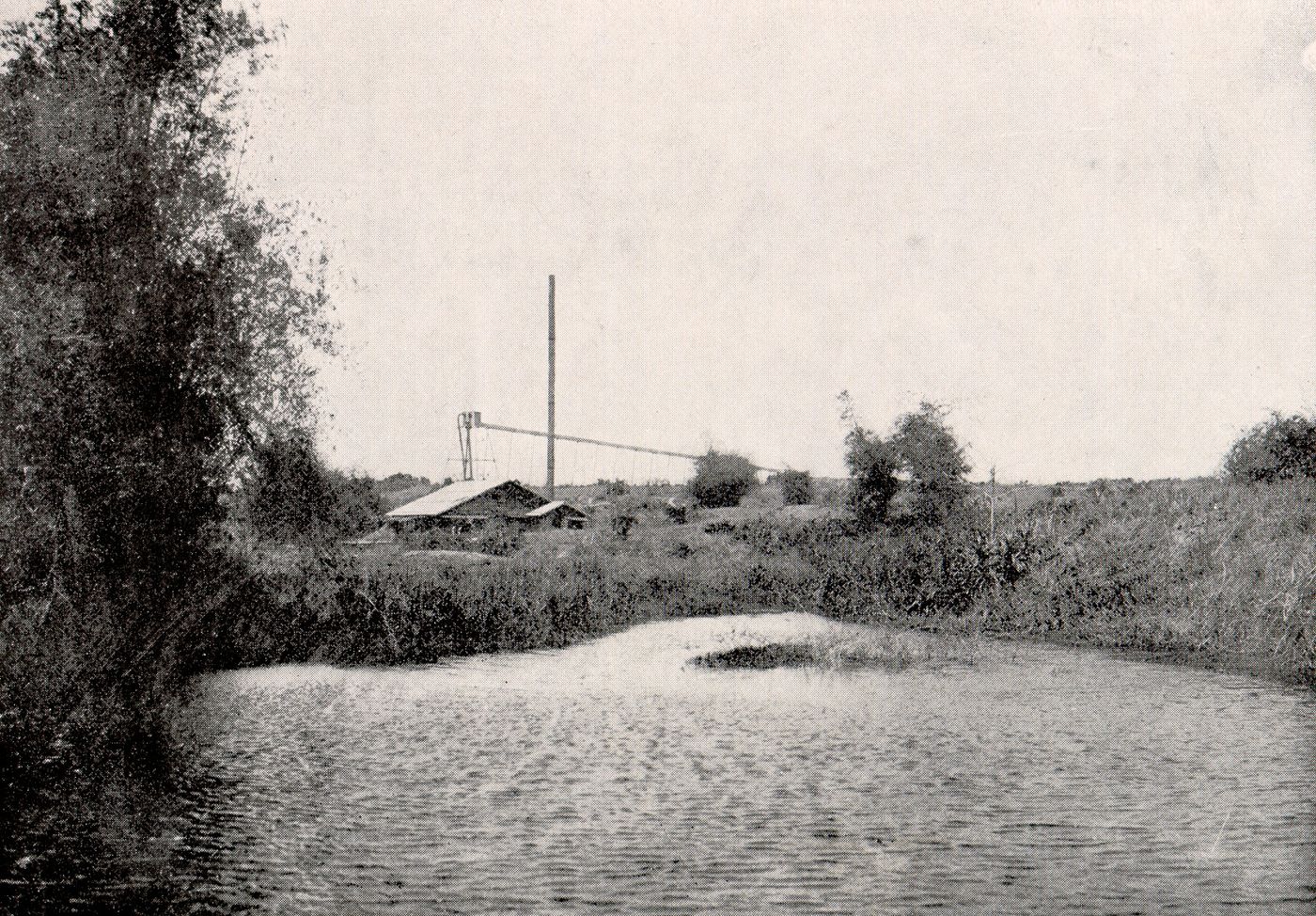
The facilities successively built in the sugar factory include, in addition to the office room, the pressing clean room, the pressing auxiliary room, the mechanical repair room, and the warehouse, which are required for the sugar production operation, as well as the dormitory house, the staff house, the staff dormitory, the club and the office. After the factory was almost completed, the sugar-making equipment was put into trial operation in November 1901, and the first sugar-making operation started on January 15 of the following year.
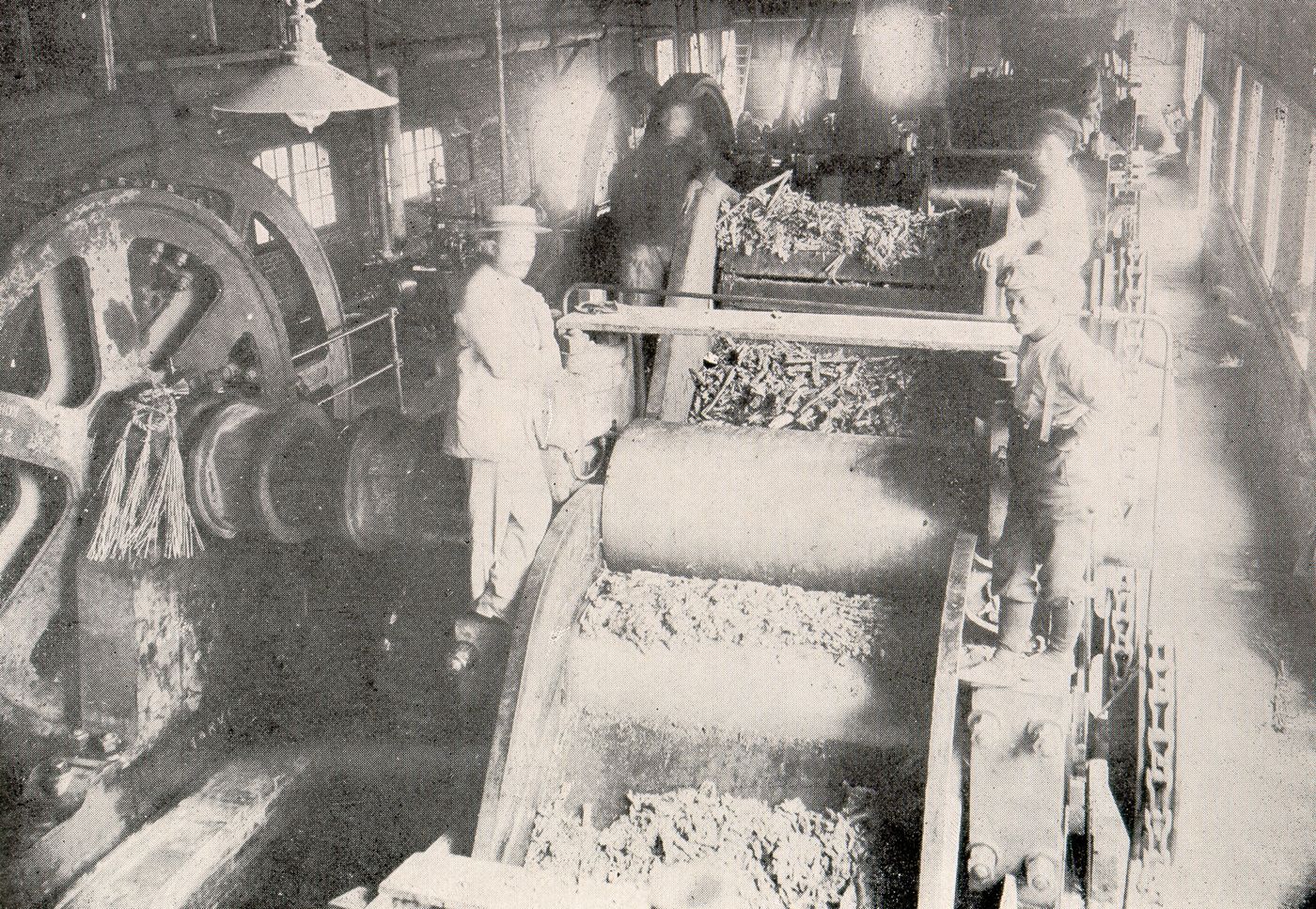
The Beginning of Bridge Sugar Railway and Track Operation Test
As the first new type of sugar factory in Taiwan, Qiaotou Sugar Factory had many experiments in its initial stage, in which the transportation of raw materials was a very important part. When Taiwan Sugar Co., Ltd. started the construction of the factory, in January 1901, in order to meet the needs of transportation, it submitted an application to the government for the establishment of the Qiaozaitou parking lot (now Qiaotou Station), and the company paid part of the land and construction costs. In March of the same year, Taiwan Sugar Co., Ltd. applied to the Ministry of Railways for the laying of a loading and unloading railway extending from the Qiaozaitou parking lot into the factory. The transportation of the products is also convenient for the sugar-making machinery to be delivered during the construction of the factory, which improves a lot of construction efficiency.
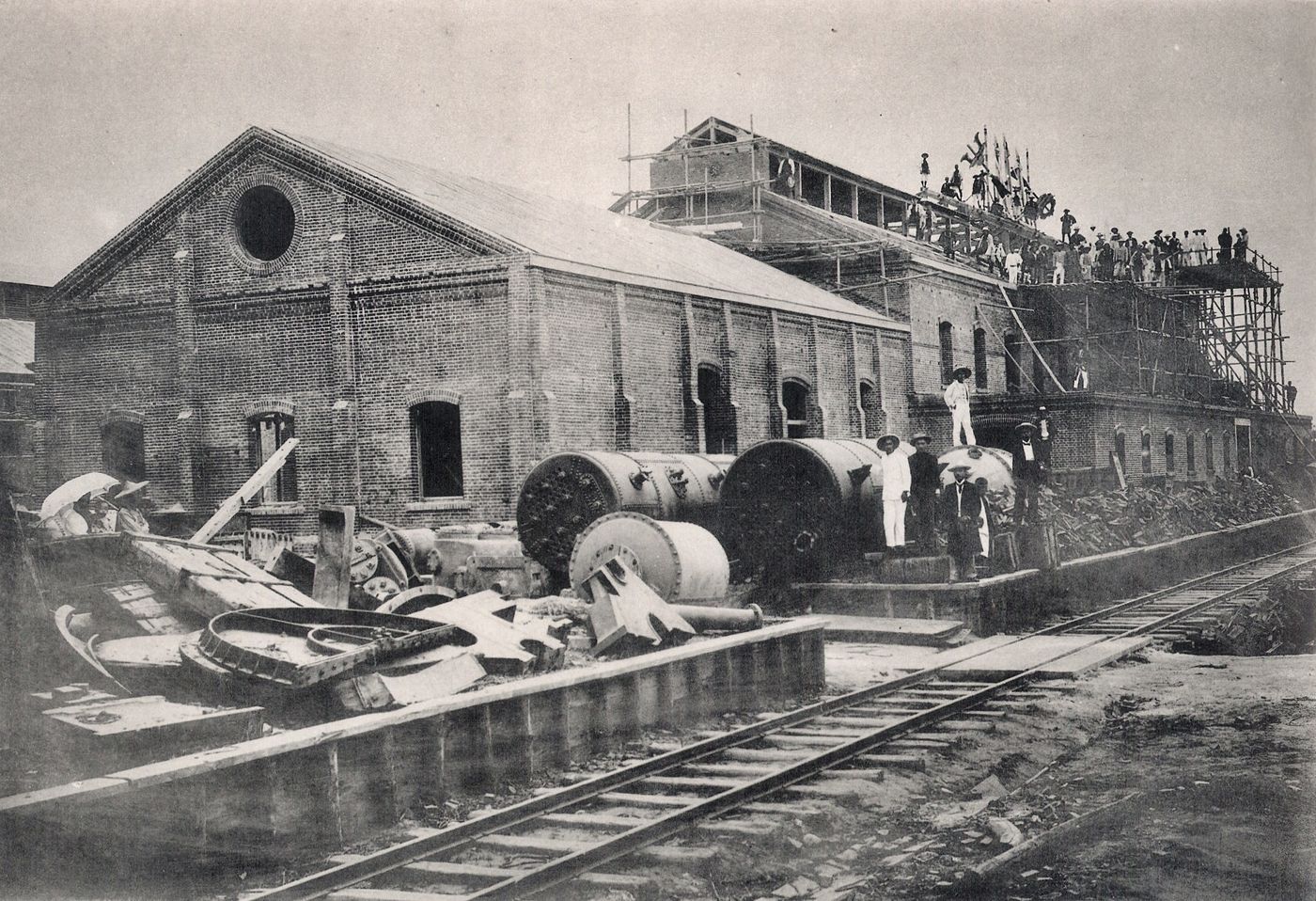
The sugarcane harvesting in the vicinity of the Qiaozaitou factory was originally carried out in addition to two-wheeled ox carts, as well as hand-held trolleys. Two lines of the light track of the towed trolley have been completed successively, and the scale has been expanded year by year since then. In addition to going from the harvesting area to the workshop, these trolley tracks also play an important role in the transportation of raw materials, finished products and bagasse within the factory.

The origin of the special railway for the sugar industry in Taiwan
On June 11, 1905, the executive director (executive director) of Taiwan Sugar Co., Ltd., Yamamoto Tijiro, together with technicians Hibiya Koichi, Kusaka Touyoshi, Suzuki Genkichi, etc., went to Buwa (Hawaii) for a sugar industry inspection, and on July 25 of the same year After returning home, in order to improve the handling equipment of the sugar factory, it was decided to introduce a special railway with a gauge of 30 inches (762 mm). Initially, several miles of tracks should be laid in and around the factory, and sugarcane trucks for cattle traction should be built. .
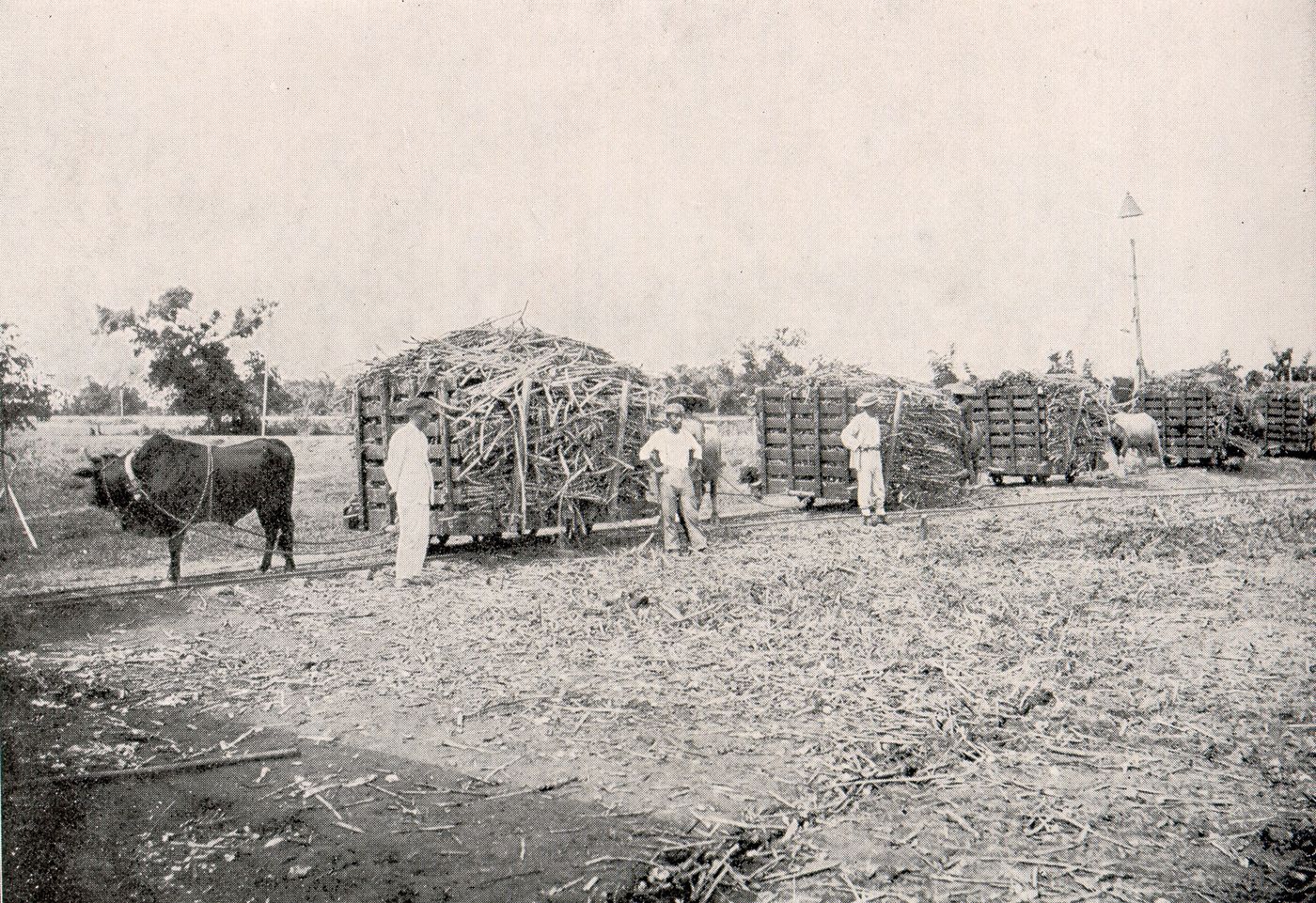
Since the effect of the buffalo traction track is good, the railway set for traction by steam locomotives (five-point cars) is considered to handle long-distance material handling to improve efficiency. In February 1907, it obtained the permission of the Governor's Office to set up a railway system in the factory area with 25-pound rails. On September 15, the operation of the special railway was held. It is the origin of the special railway for the sugar industry in Taiwan, which has brought significant transportation changes to the development of the sugar industry.

In November 1907, Taiwan Sugar Co., Ltd. built a route from the sugar factory to the raw material harvesting area. , Dingluo Bottom Line, Renwu Line, Fengshan Cuo Line), three locomotives, and fifty trucks were completed and began to operate. Until the end of the war, the route was expanded to eleven. Telephone systems are set up along the railway lines of these locomotives to facilitate contact with the factory in emergencies.
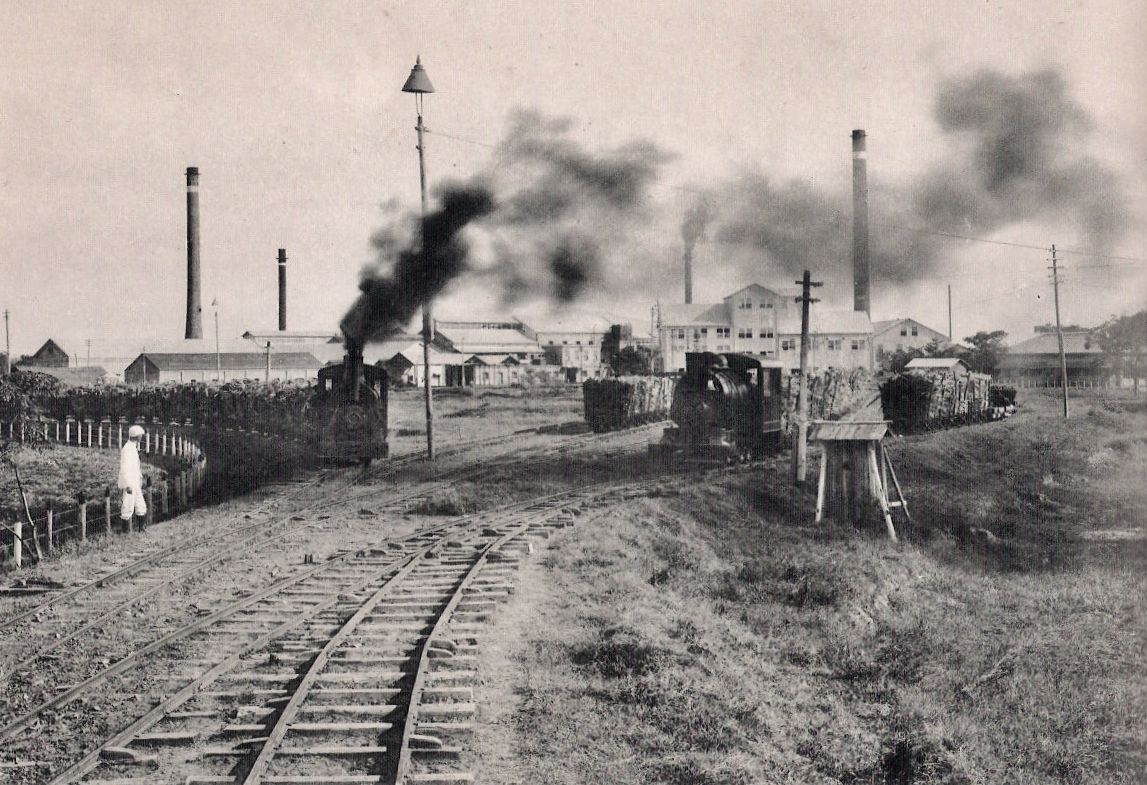
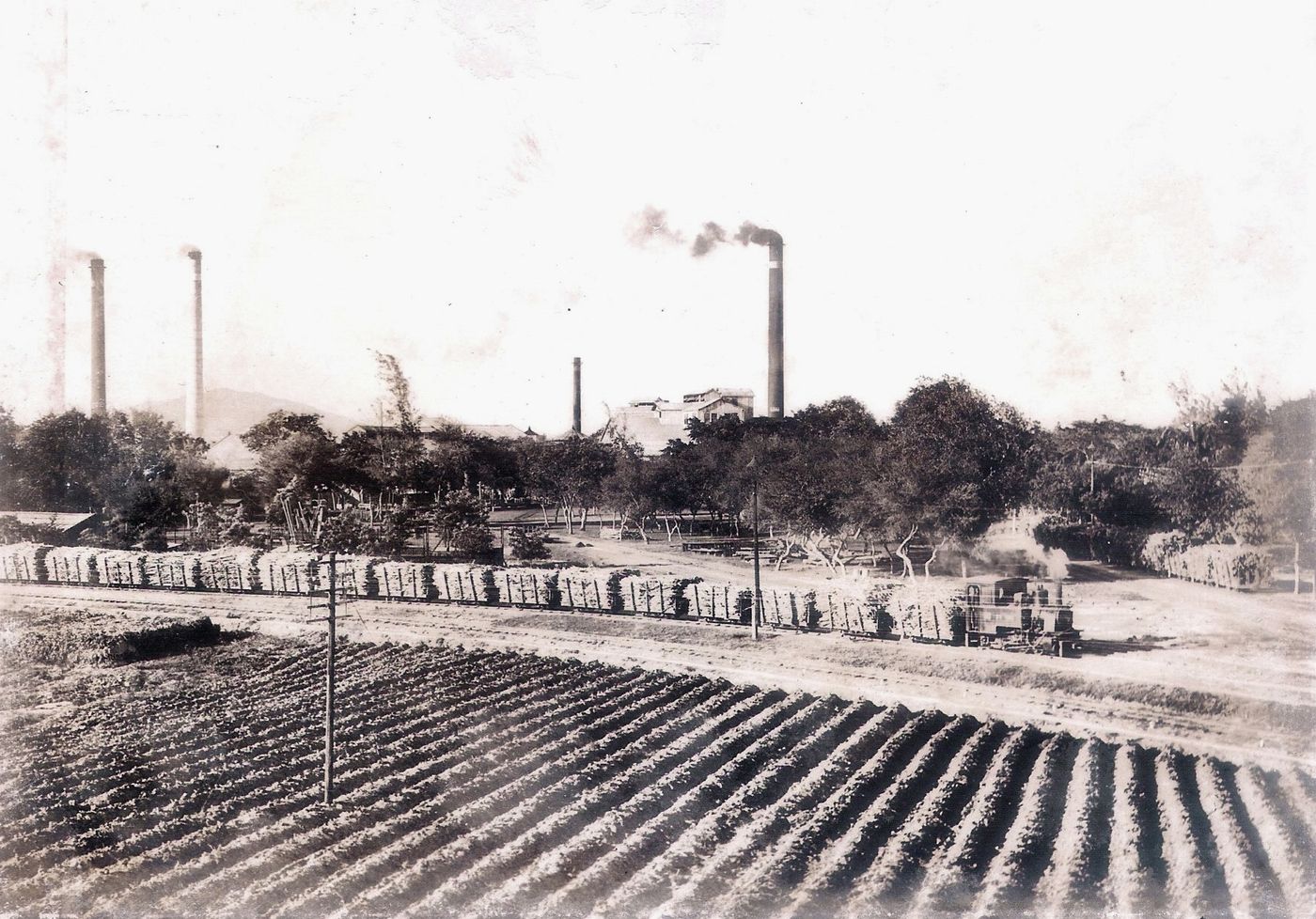
Different from the business lines of other sugar factories, the sugar railway of the Qiaozaitou Sugar Factory is not used for passenger transportation. However, in 1916, when Prince Xianyuan Gong Zairen and his concubine visited Taiwan, they arrived at Qiaozaitou Station on the afternoon of April 22. , transfer to the sugar industry railway to visit and rest in the factory area of the sugar factory. At that time, a temporary platform was set up in front of the second factory to facilitate getting on and off the carriage, and the passenger carriage should be specially built. service.
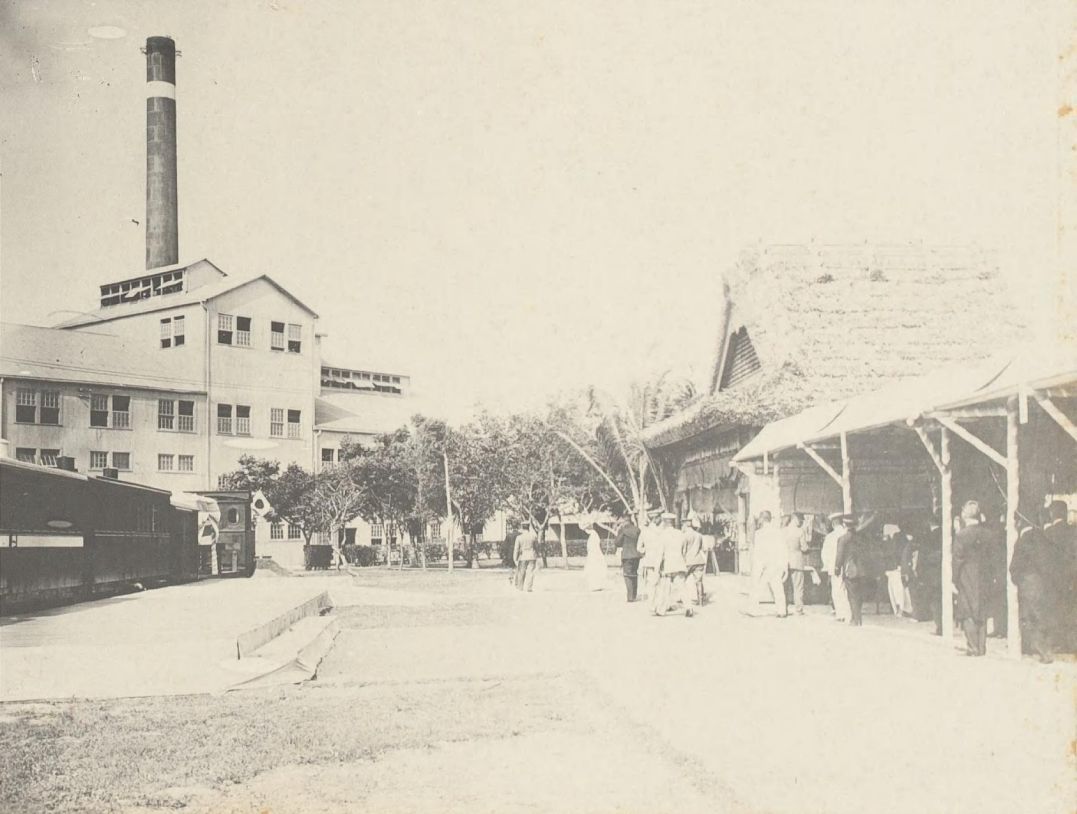
The future of bridge sugar precious sugar iron?
After the war, the Qiaozaitou Sugar Factory was taken over as the Qiaozaitou Sugar Factory. The railways and tracks in the factory remained as they were before the end of the war. They can be roughly divided into several areas with different attributes according to their functions. The sugarcane harvested from the production area enters the raw material weighing field through the company line (762 mm) at the north and south ends of the factory area, and then goes to the waiting area of the railway line on the south side, and is transported to the pressing room. It is used to avoid the deterioration of raw materials caused by prolonged exposure to sunlight. On the east side of the raw material weighing yard, there is the office of the Railway Division. The company lines in this area are densely distributed, and there are still facilities such as government warehouses, inspection garages, internal combustion engine repair workshops, oil storage warehouses, and railway workshops. It is the administrative center for railway transportation and repairs.


The official line (1067 mm) used to have two main side lines in the factory area. It is a "three-line" form combining the 1067 mm and 762 mm railways, connecting Qiaotou Station and the sugar warehouse, alcohol barreling room, and molasses in the sugar factory. Tanks and yeast warehouses are used to transport products including sugar, alcohol, molasses, yeast, etc., and materials such as machinery, containers, and coal are transported into the factory. In addition, there are dense trolley lines in the field, which have high mobility. They can transport packaged sugar and bagasse to the warehouse, or be used for handling related equipment in the factory.

In 1953, Qiaozaitou Sugar Factory changed its name to Qiaotou Sugar Factory. It has successively experienced the merger of sugar factories and the expansion of sugar warehouses. The railways and tracks in the factory have also been adjusted several times. After the last production of the sugar factory in 1999, the railway stopped transporting sugarcane raw materials. In 2000 and 2001, respectively, to celebrate the 100th anniversary of the Qiaotou Sugar Factory and the Holy Goddess of Mercy, they provided the public with small trains during the event. In 2003, the Qiaotou Sugar Factory officially opened a small sightseeing train. The route used the original Renwu Line to connect from the south side of the Qiaotou Sugar Factory to the flower garden built by Qingpu Farm in the past.
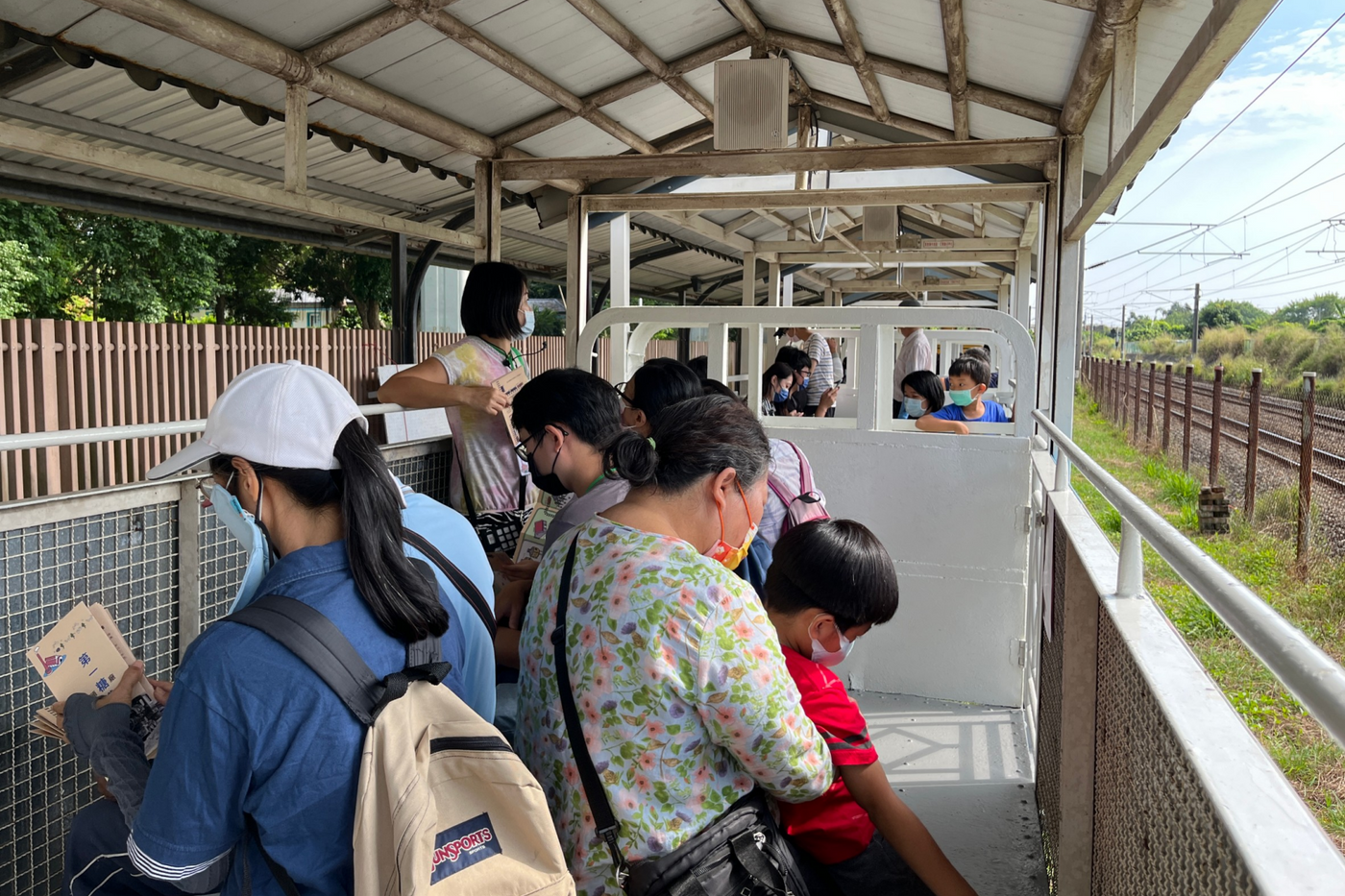
In 2006, the Taiwan Sugar Museum was established in the Qiaotou Sugar Factory. Unfortunately, in the factory area with the first sugar and iron history in Taiwan, most of the related facilities have not been highly valued. Some are either lacking in maintenance, or covered in asphalt concrete, and even inspection garages have been substantially converted into office spaces. Despite this, there are still many precious sugar and iron facilities left in the Qiaotou Sugar Factory, some of which are rare in other sugar factories, including a special trapezoidal floor organ storehouse, and a track room where railway maintenance tools can be parked.

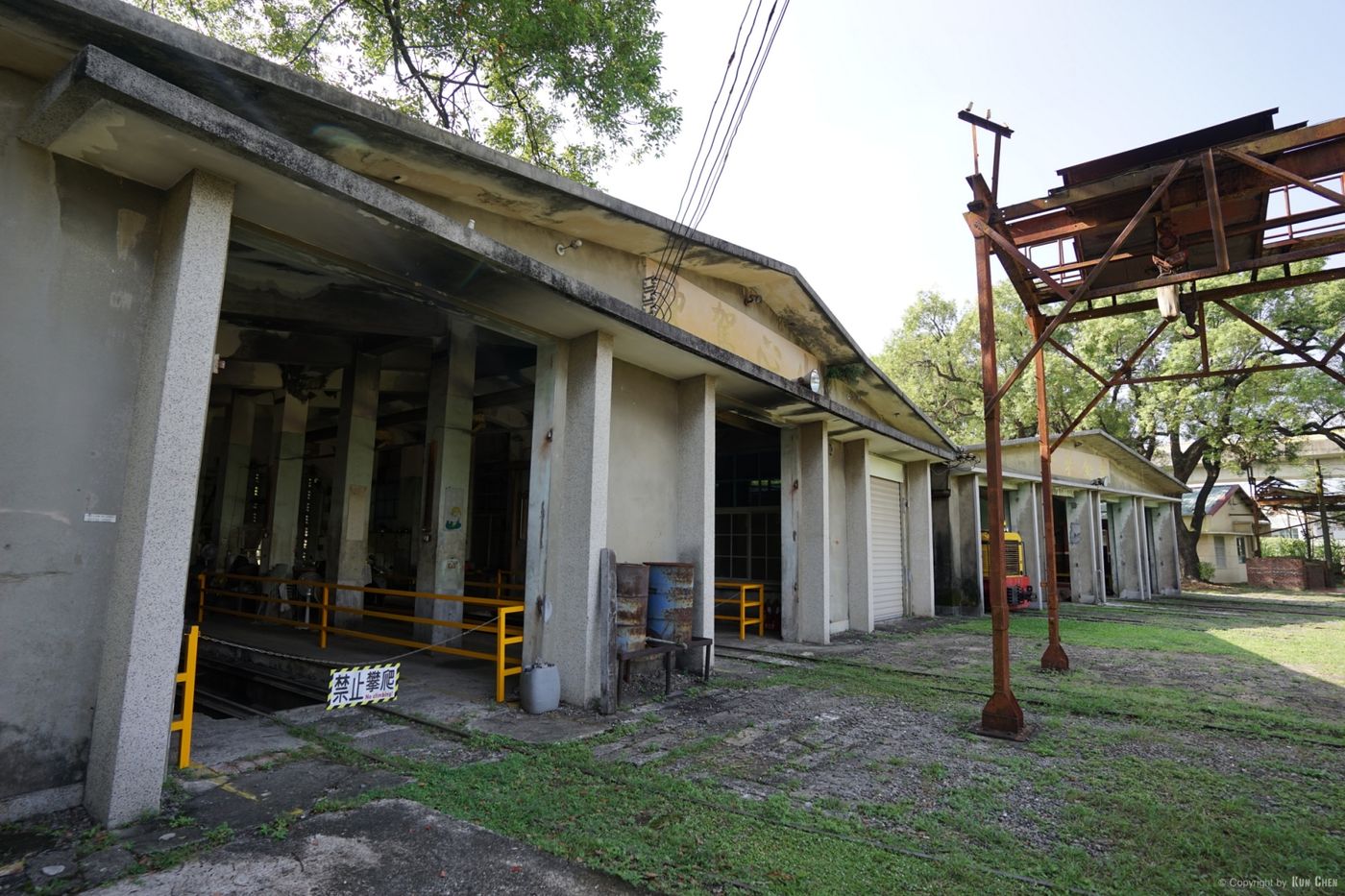
The Qiaotou Sugar Factory can be said to be the most abundant research field for the evolution of the sugar industry in Taiwan. Even though it has the status of a municipal historic site and a cultural landscape, it has not been reviewed and changed because of the Kaohsiung New Town Specific District Plan released in 1994. There are still plans to cut the road through the factory area, which will destroy many railway facilities. Especially in response to the recent development of Qiaotou Science Park, it is expected that the No. 1-1 road passing through the sugar factory dormitory area and Xingtang Elementary School will not only seriously affect the environmental integrity of cultural assets, but this 60-meter-wide avenue is more likely to block the road. The existing small train runs.
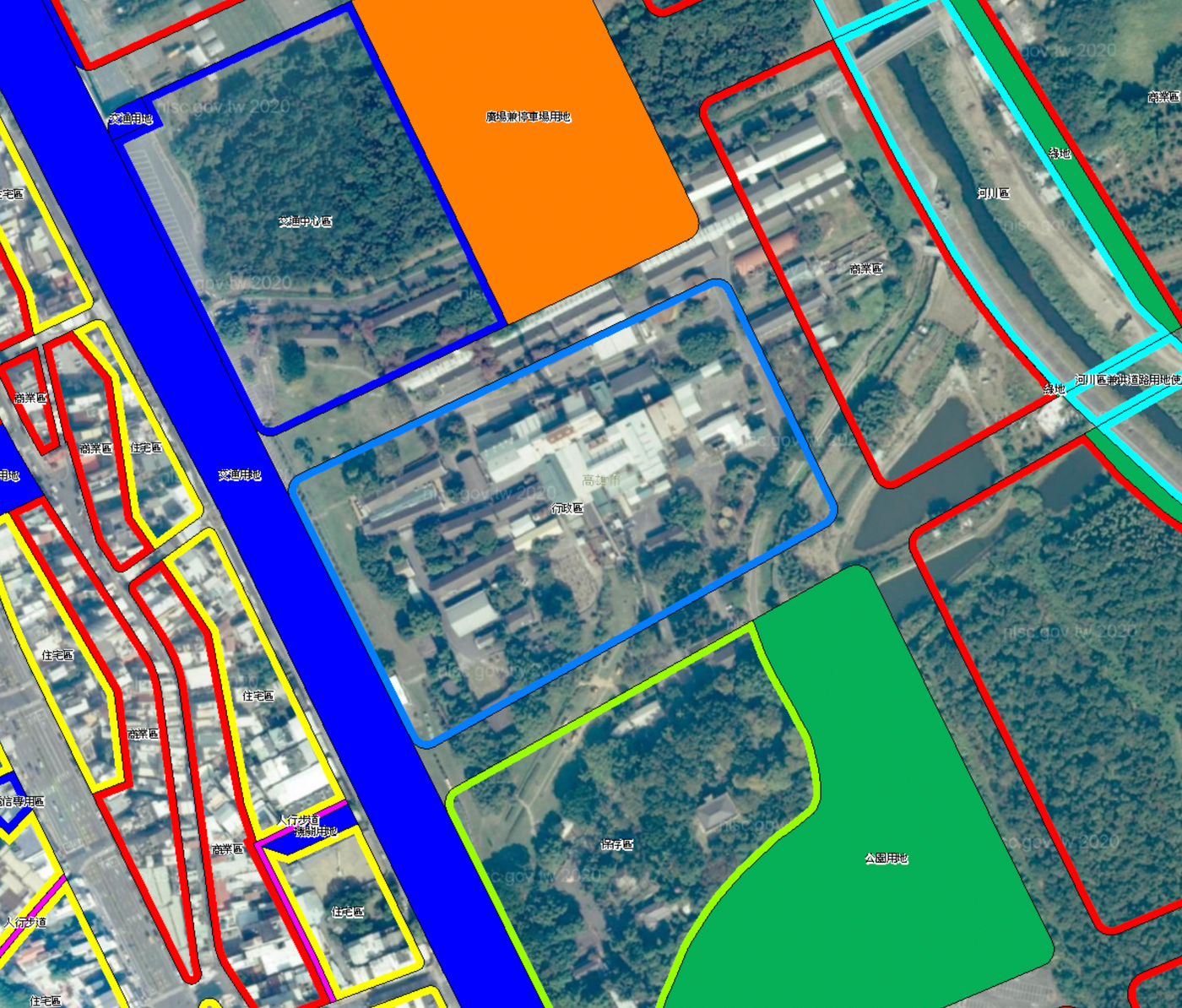
Sometimes it seems to drive economic construction, but in fact, it may be destroying the foundation of culture . With the development in full swing, should we slow down a bit and think carefully about Taiwan's No. 1 new sugar factory and Taiwan's No. 1 Sugar Industry Railway in such a major field. future plan? At present, the connotation of the Taiwan Sugar Museum in the factory is mostly static display. Can the current situation of frozen preservation be broken through? Would it be a good development direction to expand the dynamic display and experience of railways?

All in all, how to polish the Qiaotou Sugar Factory's "Taiwan No. 1" sign and make it the cornerstone of Kaohsiung's cultural development in a post-industrial city, in addition to testing the wisdom of the official department, it still requires the public's attention and voice. In addition to reviewing and reflecting on this day in history, we might as well find a time to take a sightseeing train, and at the same time carefully explore the railway facilities left in the factory.
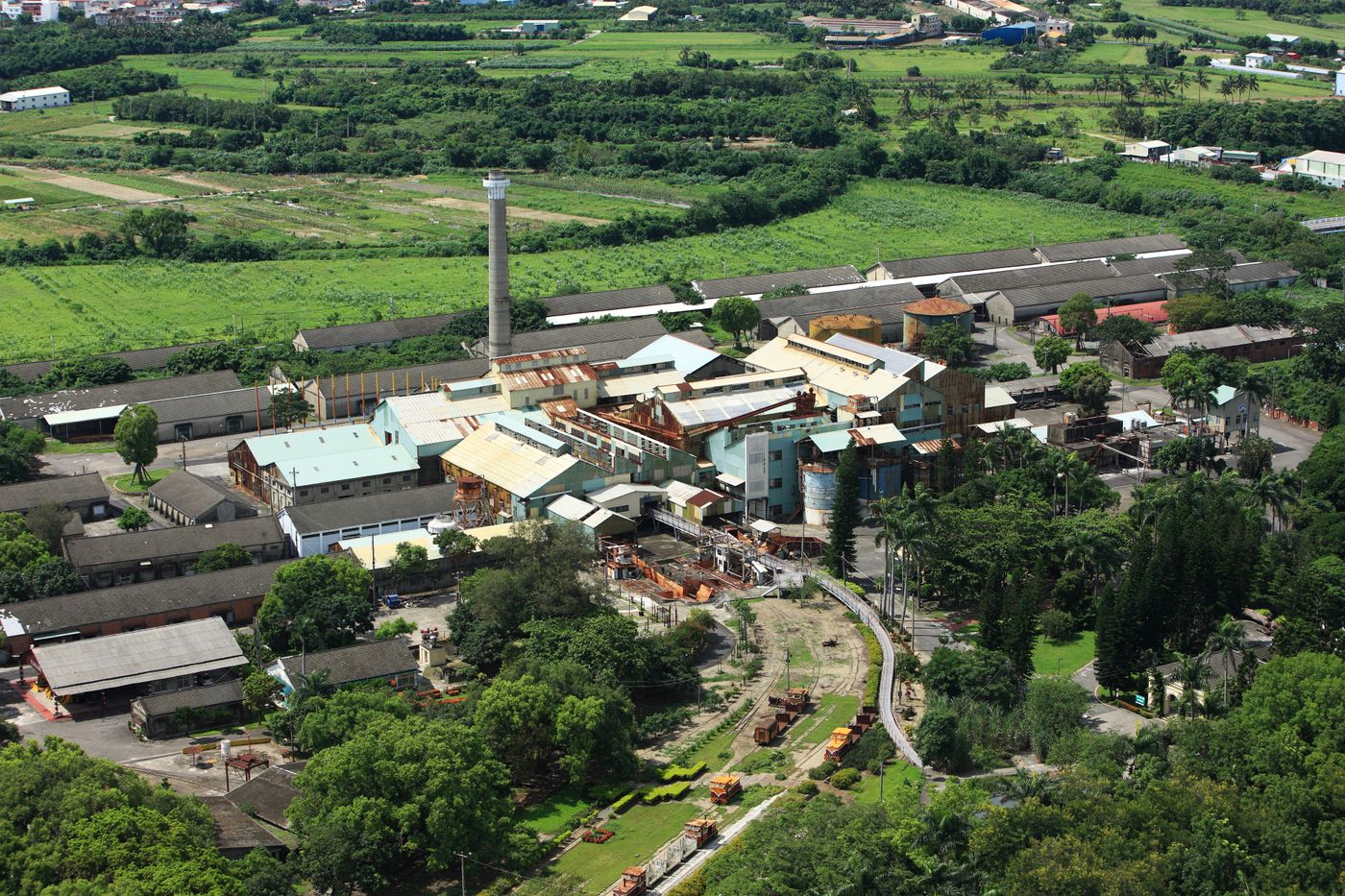
Like my work? Don't forget to support and clap, let me know that you are with me on the road of creation. Keep this enthusiasm together!
